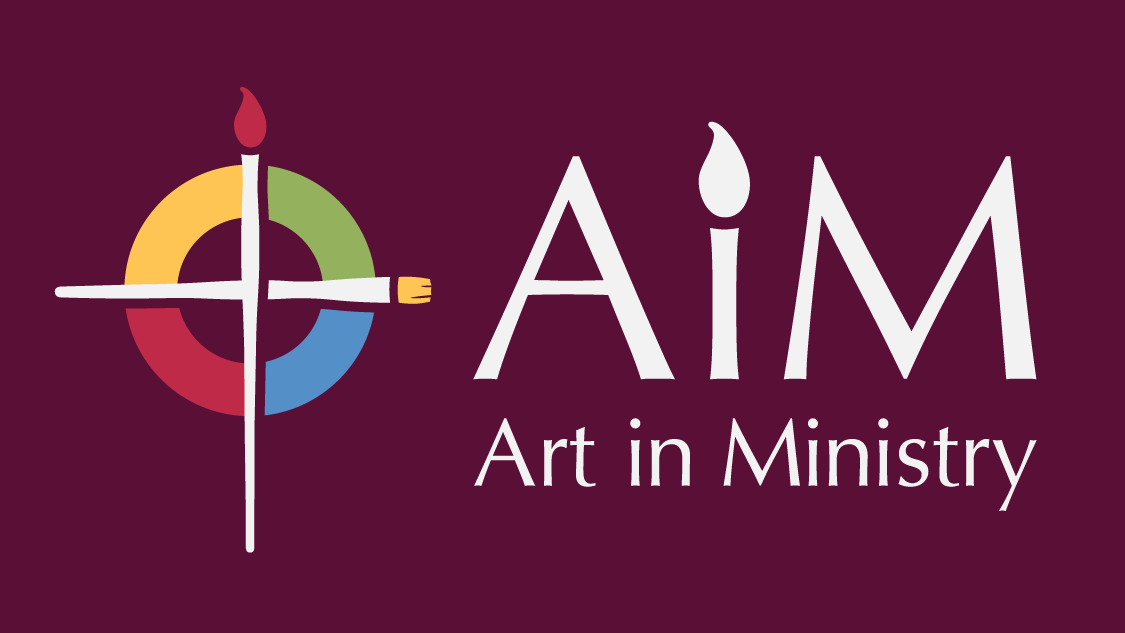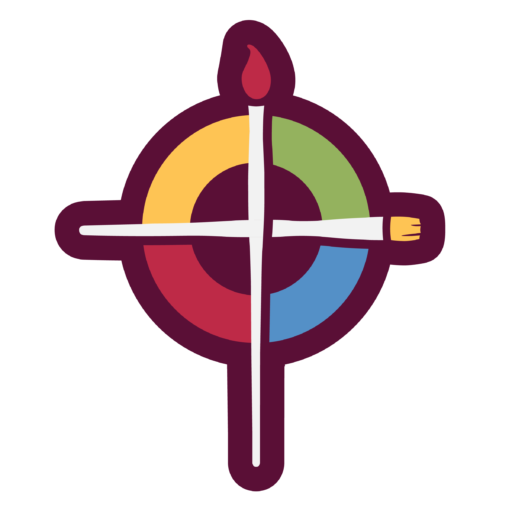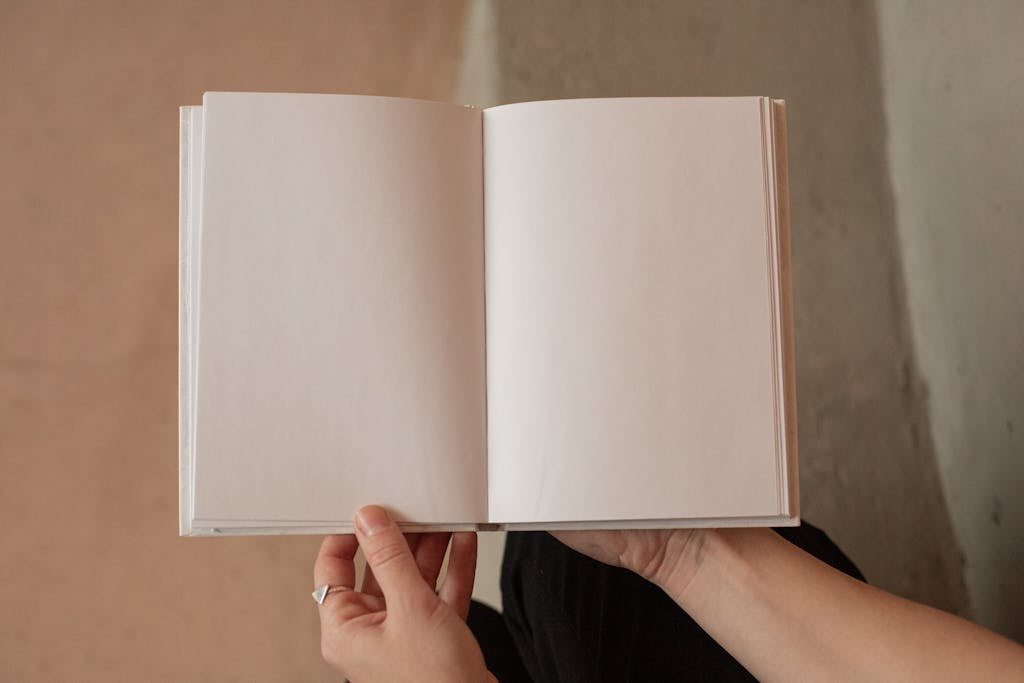Art History without a Textbook
Taking the Training Wheels Off a College-Level Course
The first day of Art History II: Renaissance to Realism at Bethany Lutheran College, I and the other students were greeted not with a syllabus and a 7-pound Janson’s A History of Art, but with a letter.
Dear Art History student,
Writing a syllabus makes me grumpy and nervous. … So how about I write you a letter?
… There’s a lot to cover and we just won’t. Your life is complicated, my life is complicated, and the lives of great artists of the past were also complicated. That’s an important theme to consider. So we may or may not examine certain artworks in this semester, but no matter what, there will be mountains more to learn and understand.
… The artists we will study took their turn. They didn’t know that they were hundreds of years in the past. They were living in a sparkling present just like us. We study their work because they navigated through the obstacle course of every day and successfully pulled off some of the most moving, insightful, complex, layered reports of “being human” in recorded history. Generations have tested these artworks. Do they still feel true? It’s your turn to try them on for size.
… Will we cover the right stuff? Not sure. We might end up in surprising places. We might miss something important. We might find something really interesting. … We’ll learn about art history AND I think we’ll learn about how to find that information. It’s still a fantastic idea to buy “History of Art” by HW Janson, but I think you should by all the art books.
… I’ll entertain your suggestions. The whole point of quizzes, tests, papers, and projects is for you to assure the instructor that you weren’t sleeping. How would you like to express your understanding of art history? I thought about requiring everyone to create their own textbook. That’s still a great idea. You could write a great paper. … Would you consider learning fresco or egg tempera? I believe that people do their best work when they care about their work. So you tell me. When? How? Your call.
… Please don’t think I’m flippant about all this. I do take this seriously. I’m excited to engage in real exploration of this rich content with a group of one-of-a-kind individuals. My approach welcomes surprise twists and personalization. Customize your education!
Cordially,
Jason Jaspersen
Professor Jaspersen, who has a Master’s degree in Experiential Education, went on to say that traditional education is like a show dog–you’re preparing for a one-off performance of what you’ve learned. Their training is regimented and predictable. But project-based education is more like a stinky, mangy dog running wild, drinking the swamp water.
In that spirit, his vision for this class was that we would choose our own adventure for a final project. Every week we submitted portions of our project or progress reports, showing evidence that we had learned something from the lecture and discussion that week, all building up to our final project due exam week.
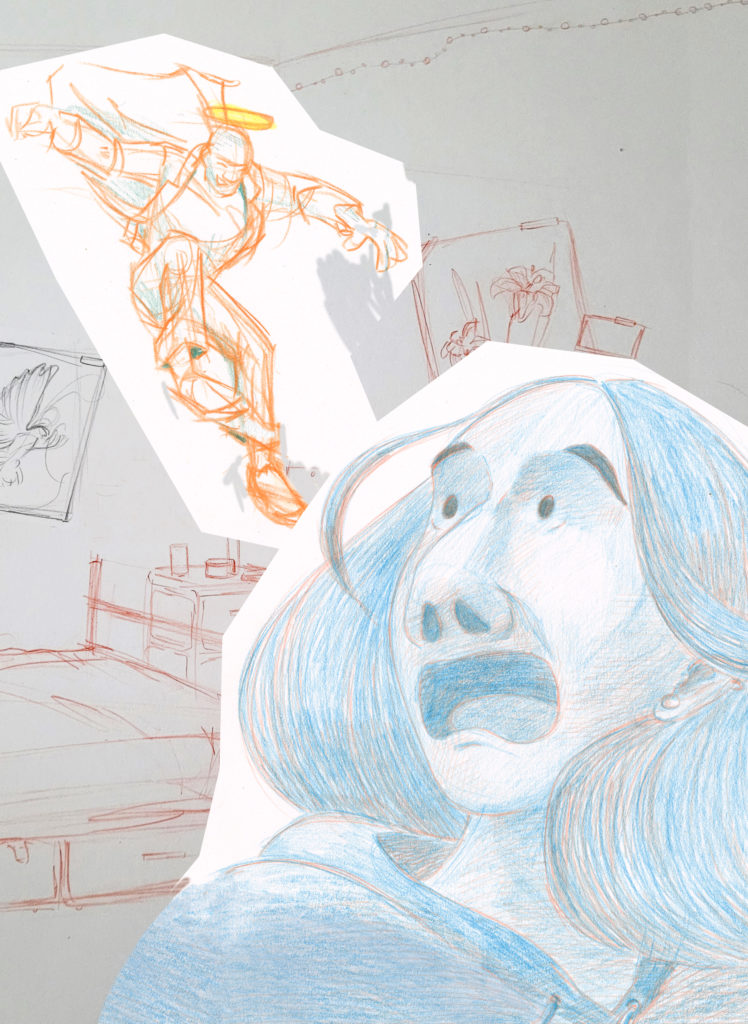
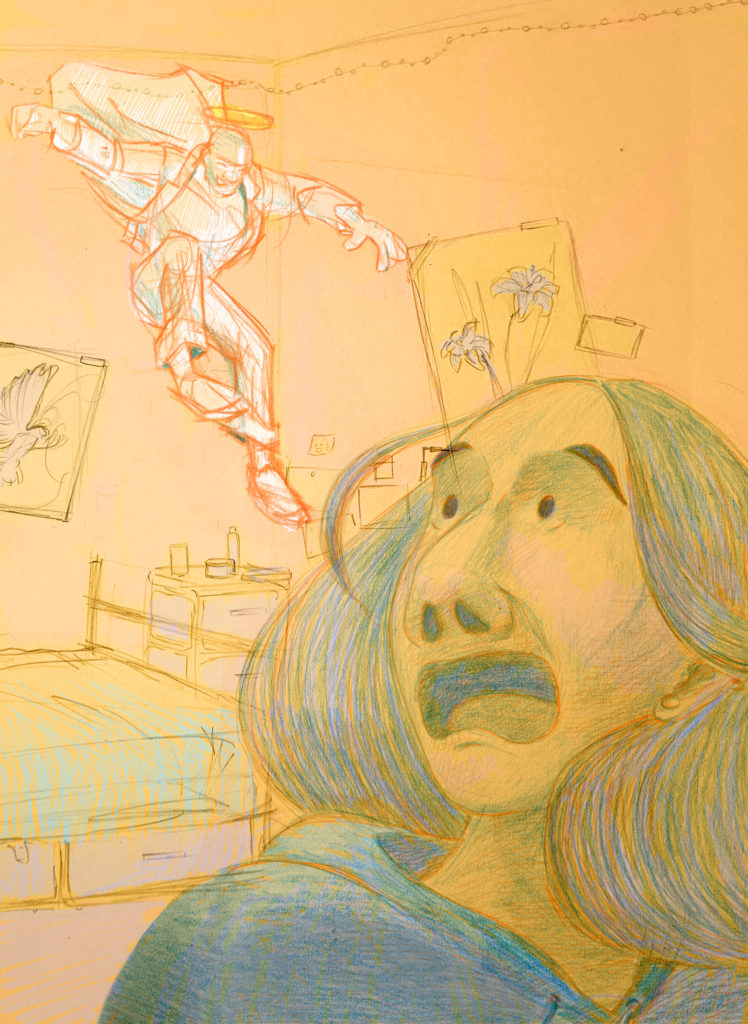
If there’s no textbook, how do you learn art history? For most days, Professor Jaspersen would put on a Prezi presentation on an artist from the era we were studying with very minimal words—just the name of the artist, some dates, and the titles of the artworks. He would zoom in close to the art, letting us absorb the details silently and then quietly ask us to shout out our observations. We had practiced the difference between formal analysis and narrative content to go from what we saw to what we interpreted, and by the end of the semester many of us grew more confident in speaking loud enough for the room to hear with whatever we noticed.
Professor Jaspersen would leapfrog from our observations to give us context on the artist and his era, expounding on the greater impact of these artworks. While there weren’t words projected and we weren’t going to be tested on these facts, we would often write down these pieces of wisdom to give direction to our projects or simply to absorb for our own information.
We didn’t just look at Prezi slides, either.
In the first few days, we made a field trip to the college library to do a library-sponsored scavenger hunt to learn how to scan shelves, and then we were assigned to find “The most beautiful art book in the library” and bring to class to talk about it.
Another day we added to a class Jamboard slideshow, using different colored “sticky notes” to indicate formal observations, narrative content, and historical context. We also created art memes based on artworks we had studied.
We often looked at artworks in context through Google Earth, high resolution art museum scans, and SmartHistory videos. Though this year it didn’t work out to make it to the art museum in Minneapolis, we did do a tour of some of the artworks on campus.
When we checked in about how our final project was going, Professor Jaspersen would give us creative exit ticket prompts to write on index cards. One day we wrote our dreams for our projects in increasing scope, throwing our grandest ideas into the center as crumpled up balls that he would pick up and read anonymously.
Somewhere 3/4 in Professor Jaspersen confessed that he felt that we weren’t going to make it through all the content. He admitted that he was mostly trusting us to do our weekly assignments without following up as closely as he could have, because of his other responsibilities. One day he even waltzed in with sprigs of lavender half an hour after class started, saying, “I was being a good teacher–I was working on the art lecture. I just lost track of time and didn’t show up.”

But in the end it didn’t matter. We learned how to truly look at art, and applied what we had learned to projects that were personally interesting to us. We may have been guinea pigs to an experiential class, but that didn’t make what we had learned any less significant.

